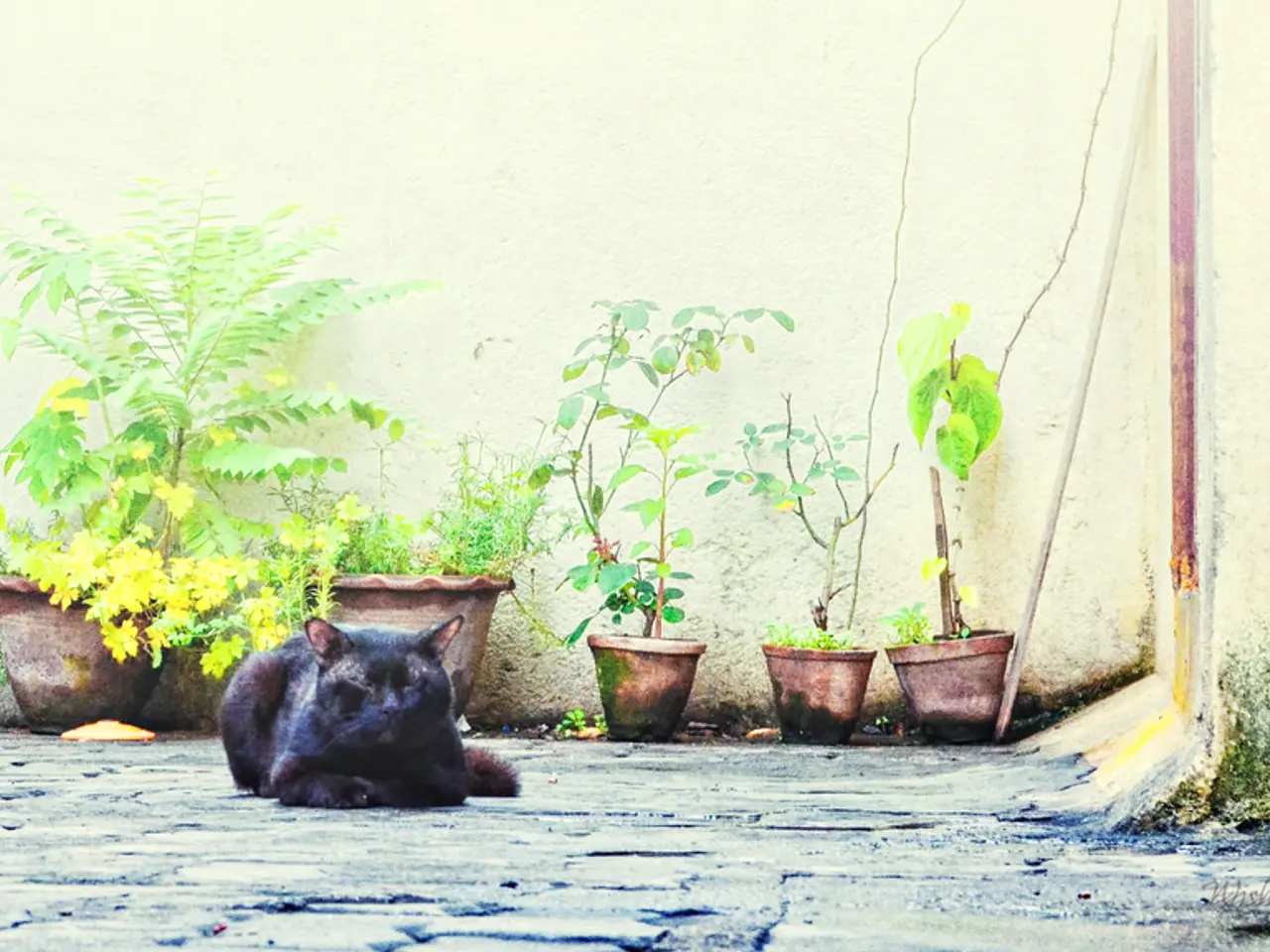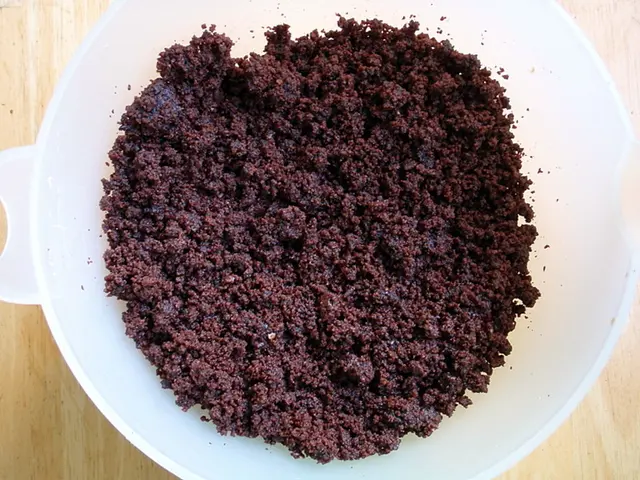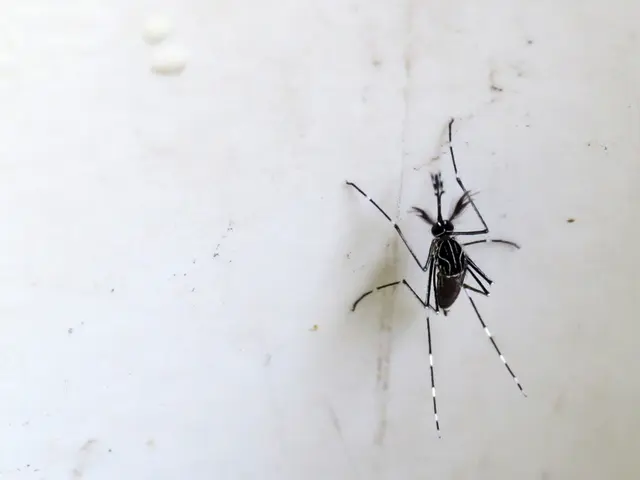Is it Harmful for Cats to Consume Kalanchoe?
Kalanchoe plants, known for their succulent leaves and colorful flowers, are a popular choice among houseplants. However, these plants can pose a significant risk to cats due to their toxicity.
The primary toxin in Kalanchoe is bufadienolides, a type of cardiac glycoside. If ingested, these compounds can cause gastrointestinal distress and potentially serious heart issues in cats. The symptoms of Kalanchoe poisoning can include vomiting, diarrhea, excessive drooling, low appetite, and in severe cases, abnormal heart rhythms or collapse.
If you suspect your cat has ingested any part of a Kalanchoe plant, prompt action is crucial. Immediate veterinary care is necessary to prevent severe symptoms like tremors and seizures. You should contact your veterinarian or the ASPCA Animal Poison Control Center (888-426-4435) for guidance.
Treatment for Kalanchoe poisoning in cats may include IV fluids, medications to control vomiting, and close monitoring. The extent of treatment depends on the amount ingested and the cat's individual reaction.
To avoid potential incidents, it's recommended not to bring Kalanchoe plants into a home with cats. If you are a cat owner who is also a plant lover, it's beneficial to keep a list of plants that are dangerous to kitties. All potentially toxic plants should be kept out of a cat's reach, either caged or in a place where access is restricted.
It's important to note that even a brief moment of access can lead to a fatal accident. Therefore, it's essential to take precautions to ensure your cat's safety.
Kalanchoe plants are native to Madagascar and tropical Africa and belong to the family Crassulaceae. They are propagated by stem cuttings and come in a variety of colors, including pink, red, yellow, and white. The plant is also known as the "Mother-in-Law's Tongue" or "Devil's Backbone" due to its sharp leaves.
In conclusion, while Kalanchoe plants are visually appealing, they pose a risk to cats. By understanding the potential dangers and taking necessary precautions, cat owners can help ensure their pets' safety.
- Kalanchoe plants, native to Madagascar and tropical Africa, can be visually appealing but are hazardous to cats due to their toxicity.
- The primary toxin in Kalanchoe is bufadienolides, a type of cardiac glycoside, which can cause gastrointestinal distress and heart problems in cats if ingested.
- Symptoms of Kalanchoe poisoning in cats include vomiting, diarrhea, excessive drooling, low appetite, abnormal heart rhythms, and even collapse in severe cases.
- To prevent potential incidents, it's recommended that cat owners keep Kalanchoe plants out of their homes, or at least restrict their access by caging them or placing them in areas that are out of reach.




